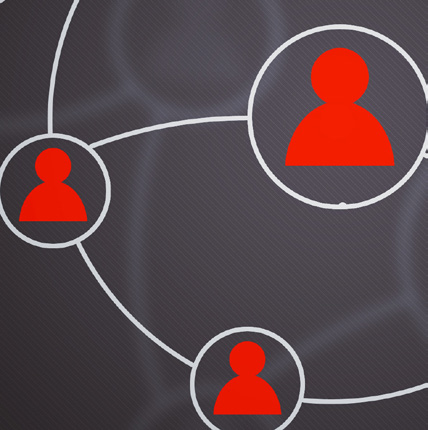By Sonya Weathers
Many people view social media as a double-edged sword. On one hand, it’s an informative way to stay in touch with loved ones and connected to the community. On the other, it can be a place where folks spew hate. Whichever side you fall, social media’s power is undeniable.
Nothing sheds more light on this than several shootings of recent years. Quite often, the perpetrator has hinted (or outright announced) their nefarious intentions. Would a proactive stance regarding social media have stopped these tragedies? Possibly.
It’s time for organizations to consider implementing a social media screening and monitoring program.
What Is Social Media Screening and Monitoring?
Numerous organizations have been screening job applicants’ social media profiles for over a decade now. And with good reason. While a traditional background check uncovers crimes a person has been caught doing, social media screening uncovers what they haven’t been caught doing YET.
Social media screening:
- Sets keywords related to intolerance, hate, and threats of violence. It then cross-references the applicant’s name and other identifying factors and scours posts on the most popular social media channels.
- Searches a large database of “hate websites” to see if the person posts or comments on those.
- Uses specific words to find negative posts about a person’s employer, school, or other organization.
- Returns information on applicants’ attitudes towards religion, race, sexual orientation, age, and other protected factors.
The Importance of a Third-Party Screener
Organizations may be tempted to handle social media screening in-house but should avoid doing so. If, for example, the organization found out a person they were investigating was disabled, they could never prove the knowledge didn’t affect their hiring decision.
Third-party screeners can mask protected-class information and only return relevant data that could affect an organization’s safety. That way, they get the best of both worlds; a compliant, fair screening process and thoroughly vetted people.
Who Should Your Organization Screen?
When social media screening first became available in background screening, job candidates were the primary subjects. Now, however, organizations are branching out and screening:
- Current employees. Running a monthly or quarterly social media search can uncover issues like drug abuse, negative company comments, and unhealthy attitudes toward protected classes of people.
- Volunteers. It’s not only full-time employees who pose a threat to the workplace. Volunteers can be risky to have in the workplace, too. This is especially valid for organizations that work with vulnerable populations.
How Can You Set Up a Compliant Screening and Monitoring Process?
Executing a social media screening and monitoring process is basically an extension of your current background screening practices.
- Choose an experienced screening partner. Find a company that has provided social media screening to organizations similar to yours.
- Decide what information you will (and won’t) screen for. For example, you may want to know about hate speech but not want to be informed if the subject posts pictures of them drinking.
- Determine where and how often you will screen. Screening once a month is the standard best practice, but you can screen more frequently or less often, depending on your objectives.
- Train your HR staff. Your HR team should be educated on what social media screening is and how it works.
Once you’ve laid the groundwork for using social media screening and monitoring, stay in compliance by:
- Always getting written authorization from the person before conducting a social media screen. If you plan to monitor their profiles, make sure the authorization is evergreen.
- Never ask for their social media passwords or other private information.
- Only use the information you find that is relevant to your company. For example, if they trash their boyfriend or get an eyebrow-raising piercing, those actions shouldn’t impact your organization.
- Inform the subject if the social media screen turned up anything that would cause you to take adverse action against them.
What Are the Benefits of Social Media Monitoring?
Several far-reaching benefits stem from monitoring your employees, volunteers, and students on social media.
- Maintain on-site safety. Serious issues like hating a specific population or posting about doing damage to a company are big red flags. Seeing them early can help organizations mitigate the risk the person poses to their staff, customers, and students.
- Protect the organization’s reputation. If one of your associates uses social media to post racist, sexist, or homophobic material, it could damage your organization’s image. Proactively dealing with these issues lessens the impact.
Protect Your Organization and the Vulnerable Populations You Serve
Negative comments toward specific communities, threats of violence, and participating in the many online hate groups are often precursors to harmful actions. By extending traditional background screening processes, organizations can leverage user-generated material on social media to their advantage. A professional third-party background screening vendor can help you set up a cohesive social media screening and monitoring policy for your current employees, volunteers, and students. The information you uncover may protect your organization’s reputation. It may even save lives.

National Accounts Executive
Data Facts, Inc.
sweathers@datafacts.com
www.datafacts.com
